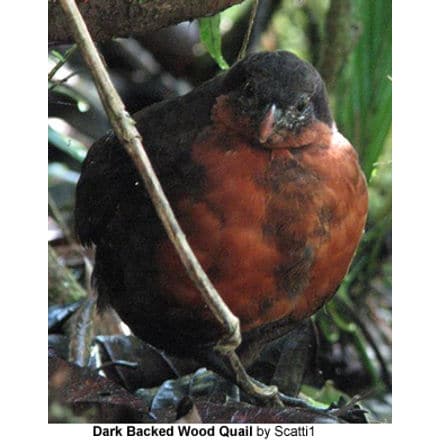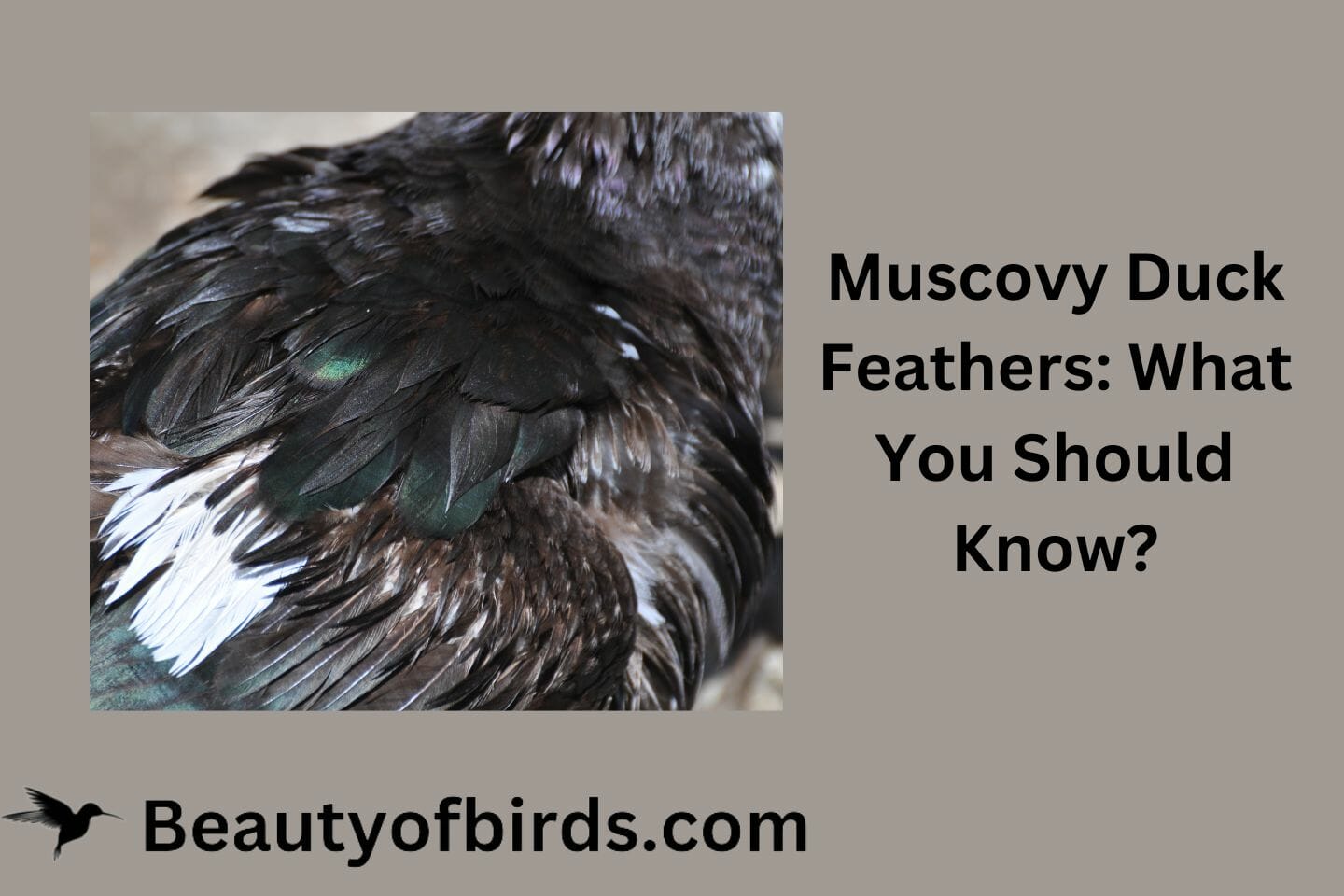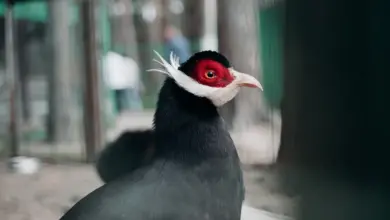Wood Quail
The Wood-quails occur as resident breeding species in New World tropical cloud- and rainforests. They are mostly found in the lowland and foothill areas of the northern Andes of Colombia and the mountain ranges of Central America. However, some species occur elsewhere in tropical South America.
They inhabit dense understory thickets or bamboos.
Wood-quail are typically shy and wary; they will normally make good their escape on foot, but if startled will explode into a short fast flight into dense cover.
Description:
Wood-quails are 22-30 cm long dumpy, short-tailed, stout-billed partridge-like birds with a bushy crest. The upper plumages are dark brown, and the under plumages are lighter brown, grey or rufous. Some species have striking black and white throat or facial markings.
Males and females look alike, except the female often has a duller-colored crest.
Diet / Feeding
Wood-quails forage on the ground, scratching at the soil for seeds, fallen fruit and insects. They are most easily observed at dawn or dusk, as they feed in family groups of up to 12 birds.
Calls / Vocalizations
Their calls are loud and distinctive duets consisting of repeated phrases.
Species list
- Marbled Wood Quail, Odontophorus gujanensis
- Spot-winged Wood Quail, Odontophorus capueira
- Black-eared Wood Quail, Odontophorus melanotis
- Rufous-fronted Wood Quail, Odontophorus erythrops
- Black-fronted Wood Quail, Odontophorus atrifrons
- Chestnut Wood Quail, Odontophorus hyperythrus
- Dark-backed Wood Quail, Odontophorus melanonotus
- Rufous-breasted Wood Quail, Odontophorus speciosus
- Tacarcuna Wood Quail, Odontophorus dialeucos
- Gorgeted Wood-Quail, Odontophorus strophium, is a tiny member of the New World Quail family that is on the verge of extinction. They inhabit larger oak forest remnants in the eastern Cordillera (Serrania de Yariguies and NorAndino Oak Forest Corridor) section of Colombia. They occur between the altitudes of 1,750-2,050 m, however it is believed that this tiny quail may have an elevational range of 1,500-2,500 m. It feeds on fruit, seeds and arthropods. Their breeding season coincides with peaks in annual rainfall in March – May and September – November.
- Venezuelan Wood Quail, Odontophorus columbianus
- Black-breasted Wood Quail, Odontophorus leucolaemus
- Stripe-faced Wood Quail, Odontophorus balliviani
- Starred Wood Quail, Odontophorus stellatus
- Spotted Wood-Quail, Odontophorus guttatus, is resident breeder in the mountains of Central America from southern Mexico to western Panama. They occur in highlands from 1000 m or higher up to the timberline, usually in dense understory thickets or bamboos. This species is reported as locally common in suitable habitat in Costa Rica and Panama, but has been adversely in much of its range by rampant deforestation.This is a shy and wary species.Spotted Wood-Quails usually occur in groups of 4-10. The Spotted Wood-Quail is 25 cm long and weighs 300 g. It has an orange crest which is raised when it is excited. The upperparts are dark brown with black and rufous flecking. The underparts are normally olive brown, but there is a color morph (genetic mutation) with rufous underparts. In both cases, the underparts are boldly spotted with white. The forehead is dark brown and the cheeks and throat are black streaked with white. Males and females look alike, but the male averages slightly larger and the female has a duller crest. Immature birds have smaller, more buff-tinted spotting, and the throat is dusky rather than black. They forage on the ground, scratching at the soil for seeds, fallen fruit and insects. The eggs are creamy-white with brown spots. The advertising call of the Spotted Wood-Quail, actually a duet, is a clear whistled coowit CAWwit coowit COO, and the contact calls are clear chirps and peeps.
Status
All wood-quail species have been adversely affected by hunting and, in particular, rampant deforestation. Several species with restricted ranges are now vulnerable, and some now have populations of less than 1000 birds.
Quails … Quail Photo Gallery





